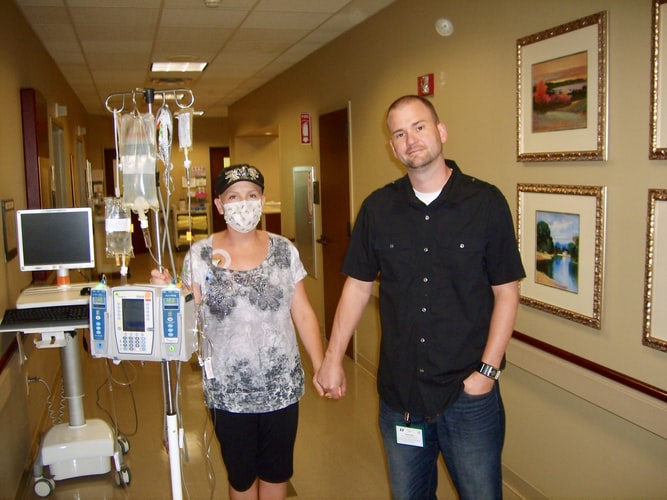
Obesity
My daughter Nitu Sharma, 21-year-old, is a student of medicine in the 3rd year of medical studies. She is 5’7” tall and weighs 84 kg. She has always been plump since childhood but in the last 3 years, her weight has increased tremendously. I have tried various methods for her to decrease weight, she has some success with each method for a while, but then as soon as she is a little lax in her efforts, the weight returns to the previous level. She has become very frustrated with this problem. She is in the age where I am considering her marriage, but her weight is damaging her prospects considerably. What is the best psychological help that I can give her?
Obesity and overweight are problems as mysterious as they are pervasive. At first glance, the cause is apparent – Nitu is consuming more energy than her body is expending. However, the more complex question is why this occurs. The toll of obesity can be seen in discrete medical problems (diabetes, hypertension, elevated cholesterol, heart problems, depression and muscle pains), social disturbances (teasing, bias, torment, absence of romantic relationships, less earning power, disrespectful treatment) and psychological problems (anxiety and negativism). The overall impact on the quality of life shows a clearly increased problem in living with elevated weight. A variety of factors may have caused the positive energy balance like a high-fat, high-calorie diet, decline in physical activity, binge-eating, underestimation of calorie intake and a resultant increased calorie intake by 30-40%, using food as a source of emotional comfort and as a means of escaping from unpleasant life circumstances, overeating in response to feelings of anxiety or sadness. With an increase in fast food restaurants, promotion of food that is inexpensive and available there is the creation of a toxic environment that increases the rate of overweight. The increase in reliance on automated devices like lifts, automobiles and remote control devices has contributed to declining physical activity.
What you should do?
The approach is a comprehensive, compassionate approach. Overweight individuals rarely receive a compassionate approach in spite of the understanding that the suffering experienced by them is considerable. There is a severe bias and discrimination against overweight people as society views them as responsible for their problem. You must be sensitive to the suffering, resist the cultural bias about assigning blame as her not caring enough about her body and recognize that she is facing a long-term illness. You should be persistent and understanding in providing help. Many treatments are available for weight reduction and different approaches are likely to be effective for different people. Self-help books, commercial approaches and self-help programs, input from a variety of health professionals and doing it on own are some of the methods. It is generally accepted that life-style (diet, physical activity and attitude) change is necessary no matter what approach to weight control is used. You should encourage her to speak to people who have either lost weight or are losing one in order to determine your approach. A professional dietician or exercise specialist can also help. The second thing is to get rid of the highly unrealistic ideas of how weight reduction will alter the person’s whole life. There is a lot of media portrayal of beauty and how people can and should look, a goal weight, height-weight charts and health ideals. Unrealistic expectations and goals are the norm when you generally start weight reduction and these create a discrepancy between expected and actual performance. This can lead to sad mood, disappointment, frustration, self-blame and poor self-esteem. You might feel that failure is inevitable and dismiss as inconsequential weight losses that might otherwise be beneficial. Therefore, it is crucial to develop reasonable expectations for the rate of weight loss, the ease with which weight loss will occur and the ultimate magnitude of the weight loss. Certainly greater weight loss is desirable, but not always possible, so thinking of moving your daughter towards a healthier weight rather than an ideal weight offers a greater chance of having goals attained. The behavior techniques include record keeping of food intake – the types and amounts of foods eaten and their calorie value. This can help record the feelings associated with the situations and the high-risk situations that are associated with dietary lapses and the thoughts that occur in response to these situations. The next thing is to develop a structured exercise program (it should not be heroic or punishing), increase physical activity like walking, using stairs and engage in small activities that burn calories. The attitudes towards small slips becoming a ground for relapse and rigid rules about what constitutes adherence to or breaking a diet provide a systematic way for identifying problem attitudes and for replacing them with thoughts that are more constructive. The methods to achieve weight loss also include very low calorie diets, medicines that increase energy expenditure, reduce food intake and affect nutrient absorption, and surgery. It is expected that she will gain one third of the weight lost in the year following reduction. Therefore, it is essential to minimize weight regain. Physical activity is the key issue here. The last issue is to examine for any emotional problems that might need to be resolved before starting the weight reduction program. An average weight loss of 0.5 kg per week should be the ideal weight loss. The longer the reduction program goes on, the more it is beneficial. 10 % reduction is good and acceptable for an initial goal. With passing time and changing attitudes in the treatment of overweight, better methods can be applied.



